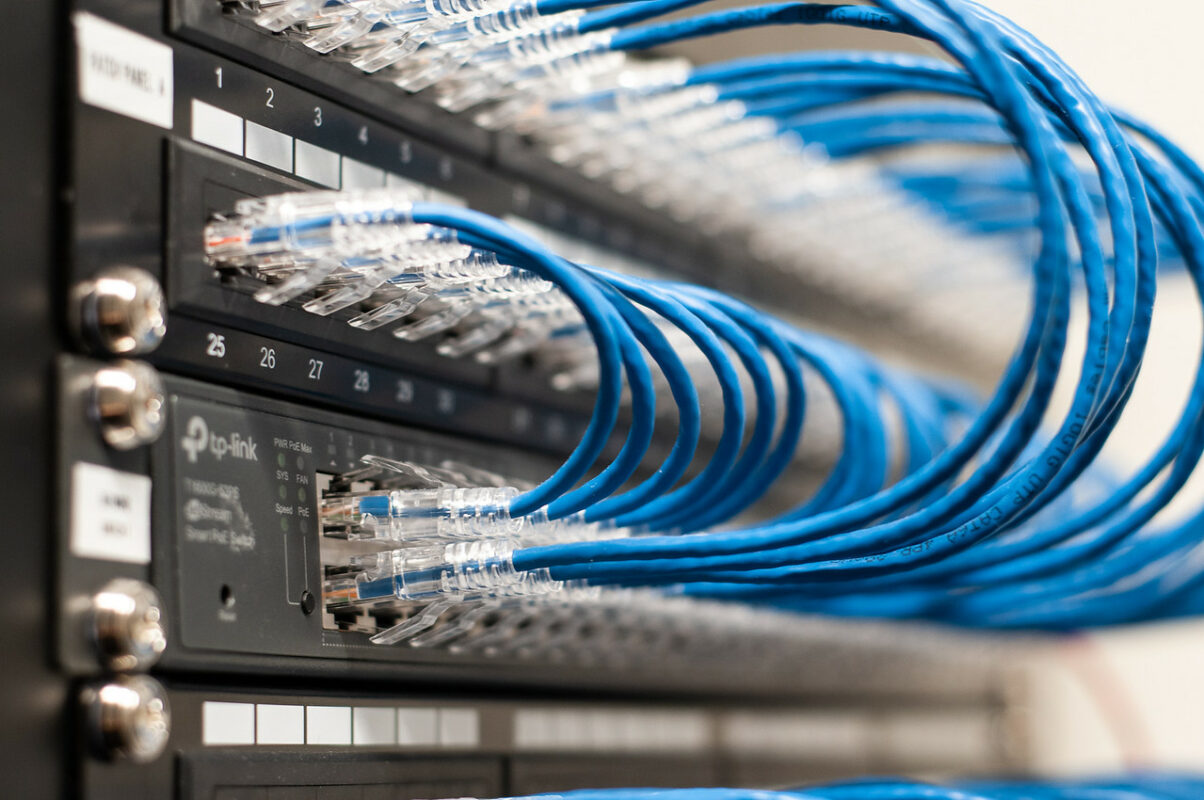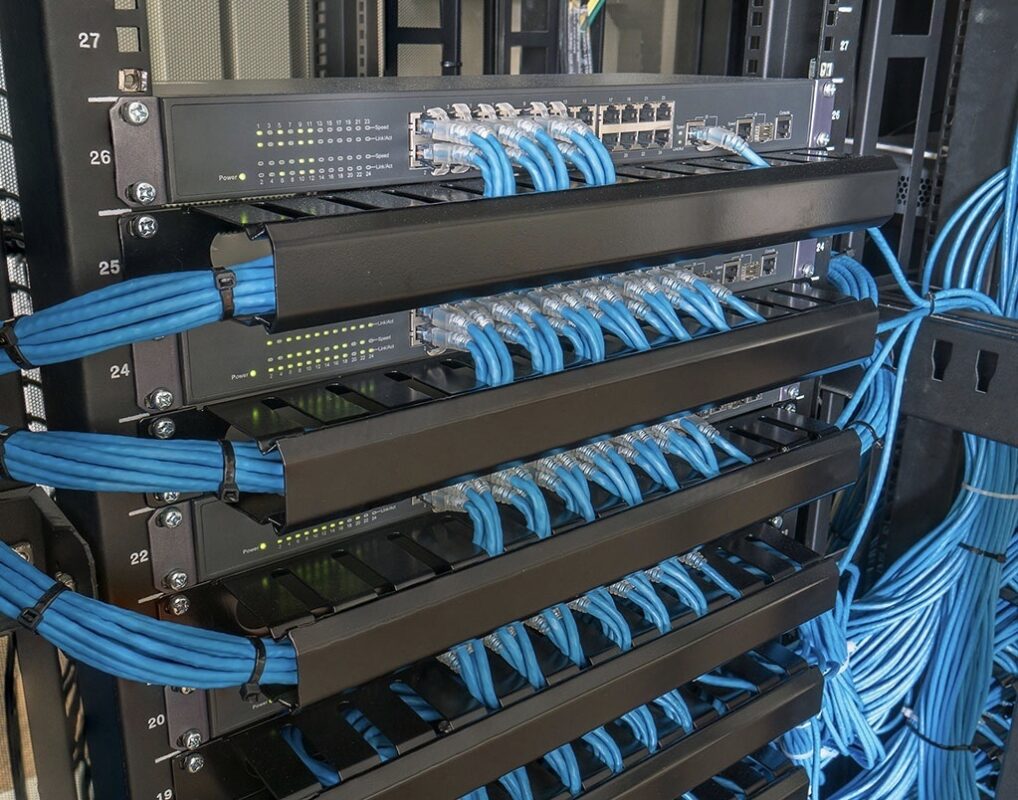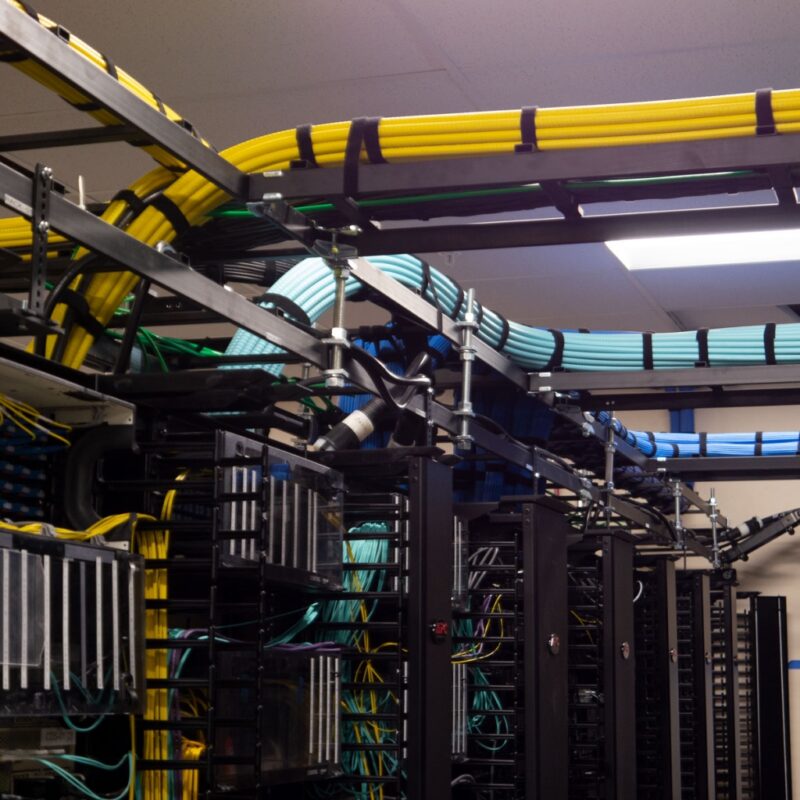Staying competitive in the current scenario is a matter of survival. Structured cabling is responsible for data and telecom integration. Discover the benefits!
The structured cabling system is a very relevant topic that should be on the agenda when we talk about IT Management because it generates doubts about investments and implementation. It is important to emphasize, right away, that good planning of structured cabling directly influences the support, safety, and even durability of the equipment. It is the heart of the infrastructure, it is the basis of a modern information network.
First of all, and for simplicity’s sake, structured cabling is responsible for the integration of data (information) and telecom (telephony) that pass through facilities. It allows the transmission of any type of electrical signals such as data, telephony, audio, and video. The greatest feature of this system is the ability to route communications through different paths within the same cabling structure. A curiosity, this system emerged in voice technology services and it didn’t take long to become a solution to meet the various data services due to the great acceptance of companies.
Another positive and important point to mention is the durability of this system, which aims to ensure that the entire project is capable of operating in a functional way for a minimum period of 10 years (you didn’t read it wrong) supporting processes, network servers, switches, and routers.
Taking into account that information technology is constantly evolving and because of that the emergence of new solutions is part of our daily lives, having flexibility and adaptation are necessary scenarios. Therefore, planning ensures your company not only security and prevention of potential technical problems but also that the infrastructure works properly in the long term so that you are always ready for new technologies to arrive.
Benefits of having a structured cabling system
Staying competitive in the current scenario is a matter of survival. We list the main benefits below.
— Data transmission in different formats (voice, image, sound);
— Fast and preventive maintenance;
— Reduction in the cost of new installations, for example;
— Simplicity of changing telephone extensions or even adding new points without having to spend a lot of time performing this task.
— Durability of at least 10 years;
— Prevention of possible system crashes;
— Easy administration;
— a Better way to identify cables and possible network errors;
— Supports the arrival of changes and new technologies;
Organizations, regardless of size and segment, undergo constant changes such as reorganization, movement of people, workspaces, new products, and services. The structured cabling system was designed precisely to accommodate these frequent changes in an effective and very safe way.
Did you have a Vision about structured cabling?












